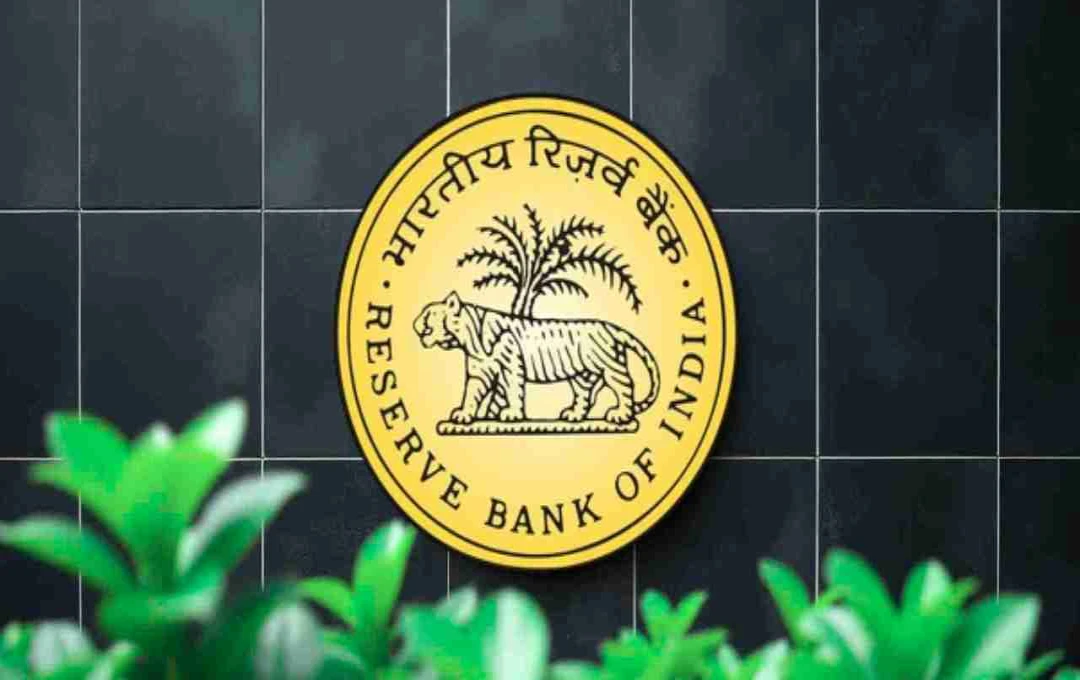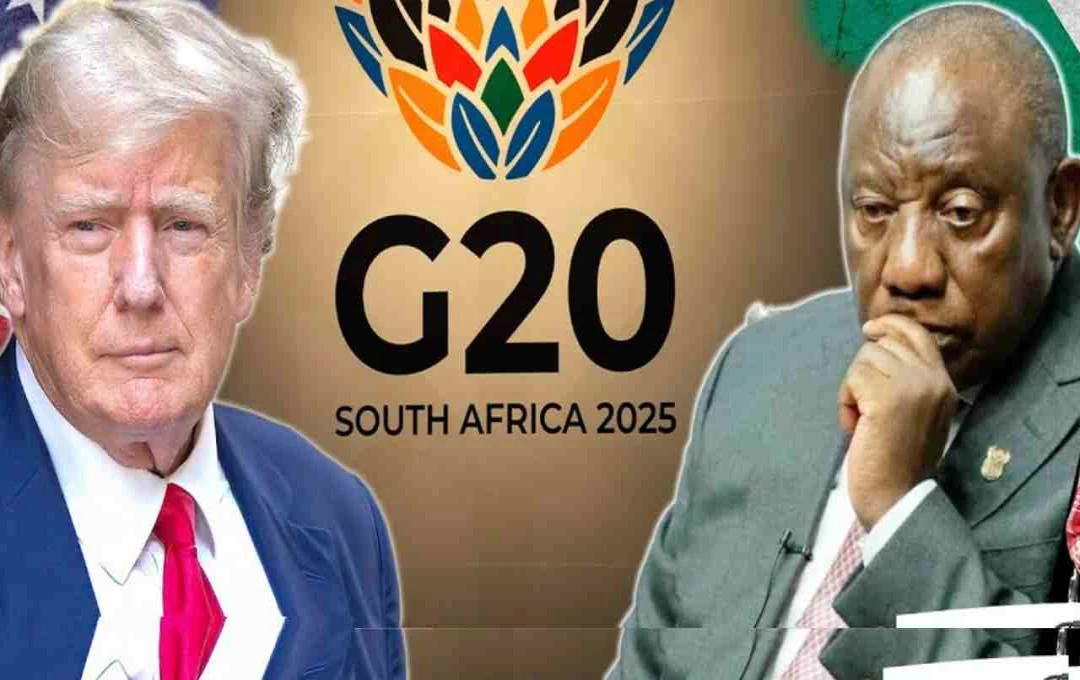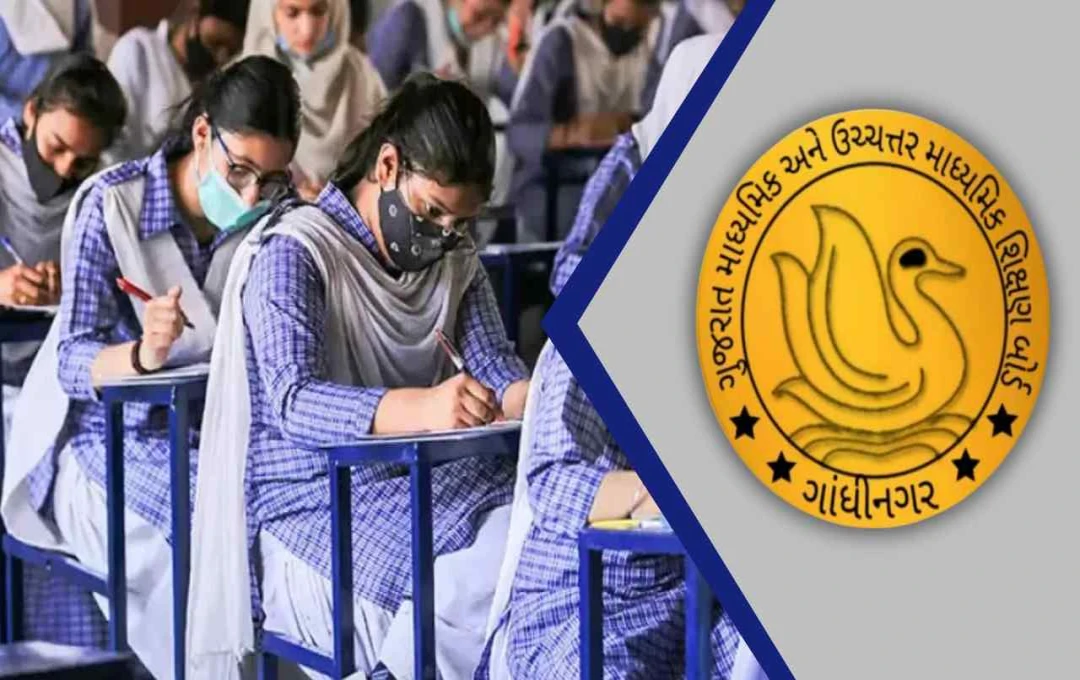According to SBI Research, the Reserve Bank of India (RBI) may cut the repo rate by 25 basis points in the MPC meeting from September 29 to October 1, 2025. This rate cut, driven by changes in GST and low inflation, will send a positive signal to both investors and the economy. Foreign investors and the government debt situation are also influencing the decision.
GST 2.0: The RBI will decide on the repo rate in the Monetary Policy Committee (MPC) meeting from September 29 to October 1, 2025. According to SBI Research, a 25 basis point rate cut would be the most appropriate step, considering changes in GST and low inflation. This will provide a positive signal to investors and help balance the economy. Global yields, government and state debt in India, and the activity of foreign investors will influence this decision.
Possibility of a Rate Cut in September
In June 2025, the RBI had cut its policy rates. Subsequently, market yields began to rise, increasing challenges for investors and financial institutions. SBI Research believes that a 25bps rate cut in September would be a balanced and correct step for the Indian economy.
Recent changes in GST and the low inflation situation are creating a favorable environment for a rate cut. Inflation has remained stable since June, and CPI is likely to be around 4% or less in FY27. Due to GST changes, this figure could drop to 1.1% in October, which would be the lowest level since 2004.
Risk of Not Changing Policy

SBI Research states that if the RBI does not cut rates now, it would be considered a Type 2 error. This implies not making any changes without considering the monetary policy. At this time, when inflation is low, cutting rates would align with market expectations and send a positive signal to investors.
Further Possibility of Rate Cuts
Central banks worldwide are cautious about monetary policy. Many countries have lowered rates, but the market is not yet stable. In the United States, the Federal Reserve (Fed) recently cut its Fed Funds Rate to a range of 4% to 4.25%. The Fed Chairman described it as a “Risk Management Cut” and stated that it would keep long-term inflation close to the 2% target.
The employment situation in the US remains challenging. Housing prices are rising, and there are also some issues with food supply. For these reasons, the Fed has cut rates, and the possibility of further cuts remains in the coming months.
Government and State Debt Situation in India
In India, there has been a recent increase in government and State Development Loans (SDL). According to SBI Research, state debt is rising; the share of long-term SDL was 22% in FY2018, increasing to 71% in FY2026. Central and state governments are using “Switch” operations to lengthen the maturity of their debt. This will reduce immediate repayment pressure on states and keep their financial situation stable.
Differences have also been observed in states' SDL issues. Andhra Pradesh has issued the most papers, while Maharashtra's papers have the highest average. This means investors will need to focus on long-term risks and new strategies.
Role of Foreign Investors
Foreign Portfolio Investors (FPIs) are becoming more active in India's bond market. They have been facilitated to invest more under the Fully Accessible Route (FAR). FPIs hold approximately ₹3 lakh crore in bonds, while their equity share accounts for about 16% of market capitalization.
In the future, the interest rate differential between India and the US may widen. The potential inclusion of Indian bonds in global indices will increase demand from foreign investors and improve market liquidity.














